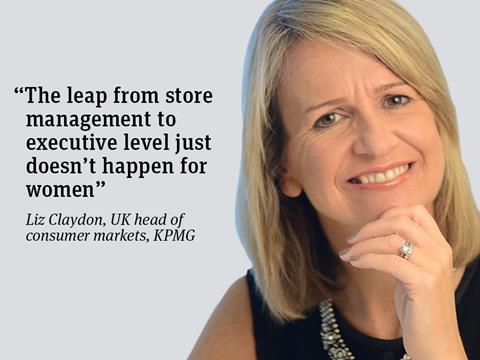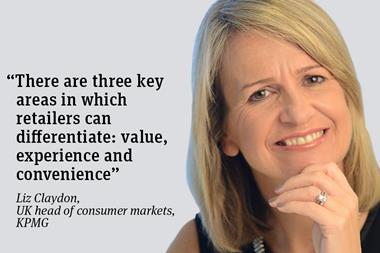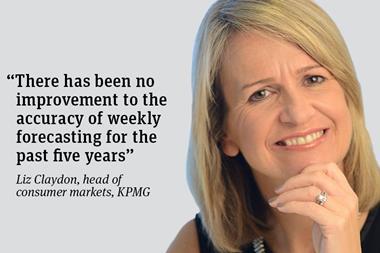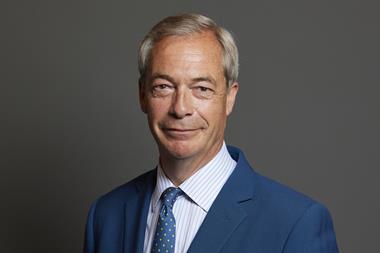
Reading The Grocer’s Power List earlier this year, I was struck that while there are some incredibly talented people leading this industry, we are light on female leaders. The gender divide among middle management is typically more balanced, but the leap from store management to executive level just doesn’t happen.
Diversity is a reality, inclusion is a choice. So, for me, inclusive leadership is at the heart of truly affecting change in our industry.
Inclusive leaders know market innovation comes from diversity of thought; a view backed up by recent reports showing that companies with greater diversity on senior executive teams financially outperform those without.
But what does it take to create an inclusive leadership? The key lies in building sustainable, multi-year, diverse talent pipelines as well as making leaders accountable for developing and deploying that talent effectively.
For example, factory management has traditionally been dominated by men, yet one organisation I spoke with has worked hard to tackle unconscious biases and achieve equality within its supply chain leadership. The business is now actively encouraging talent to seek out different roles, not only cultivating a diverse leadership pipeline with a range of general management experience.
Challenge your company to create real diversity goals and targets. Data can be extremely powerful as a starting point for this, giving the true evidence of the reality, and if no action is taken, what the outcomes will be.
Making your business attractive to a diverse talent pool at graduate level means you build a diverse pipeline to talent right the way through the organisation. This can mean overhauling your recruitment processes.
Inclusive leaders regularly check their biases, actively mentor and sponsor people regardless of background.
Ultimately, inclusive leaders recognise that the unique skills, experiences and perspectives of different colleagues are vital in conceiving increasingly creative solutions to ever-changing consumer requirements. And it doesn’t just sound good, it makes business sense. Perhaps in five years’ time the Power List may look very different!
Liz Claydon is KPMG’s head of consumer markets



















No comments yet